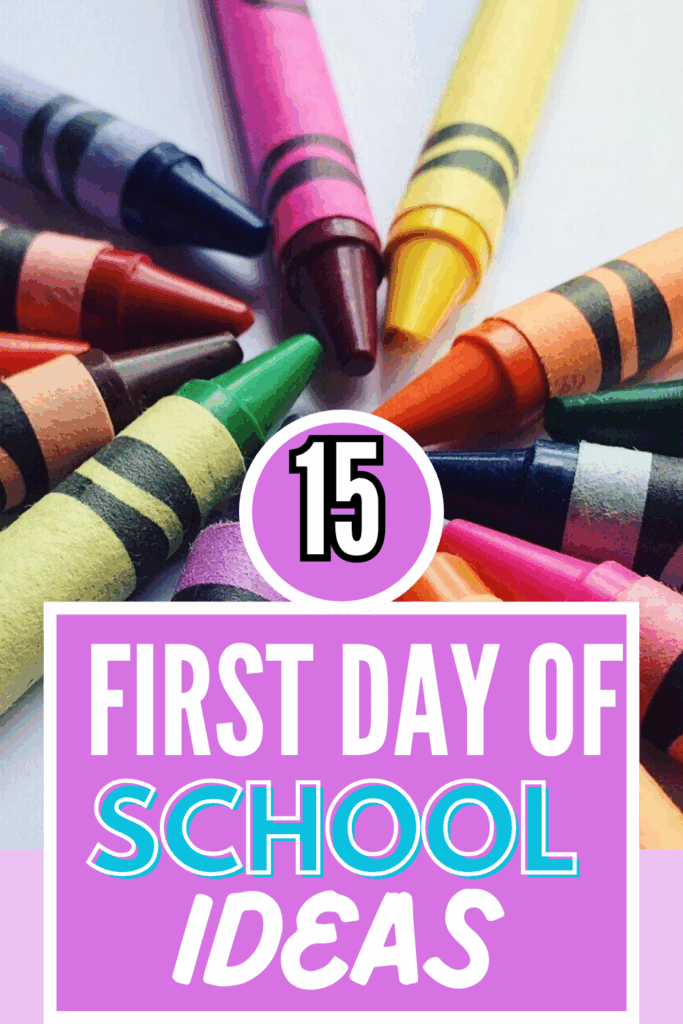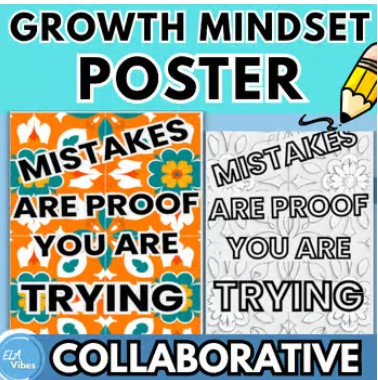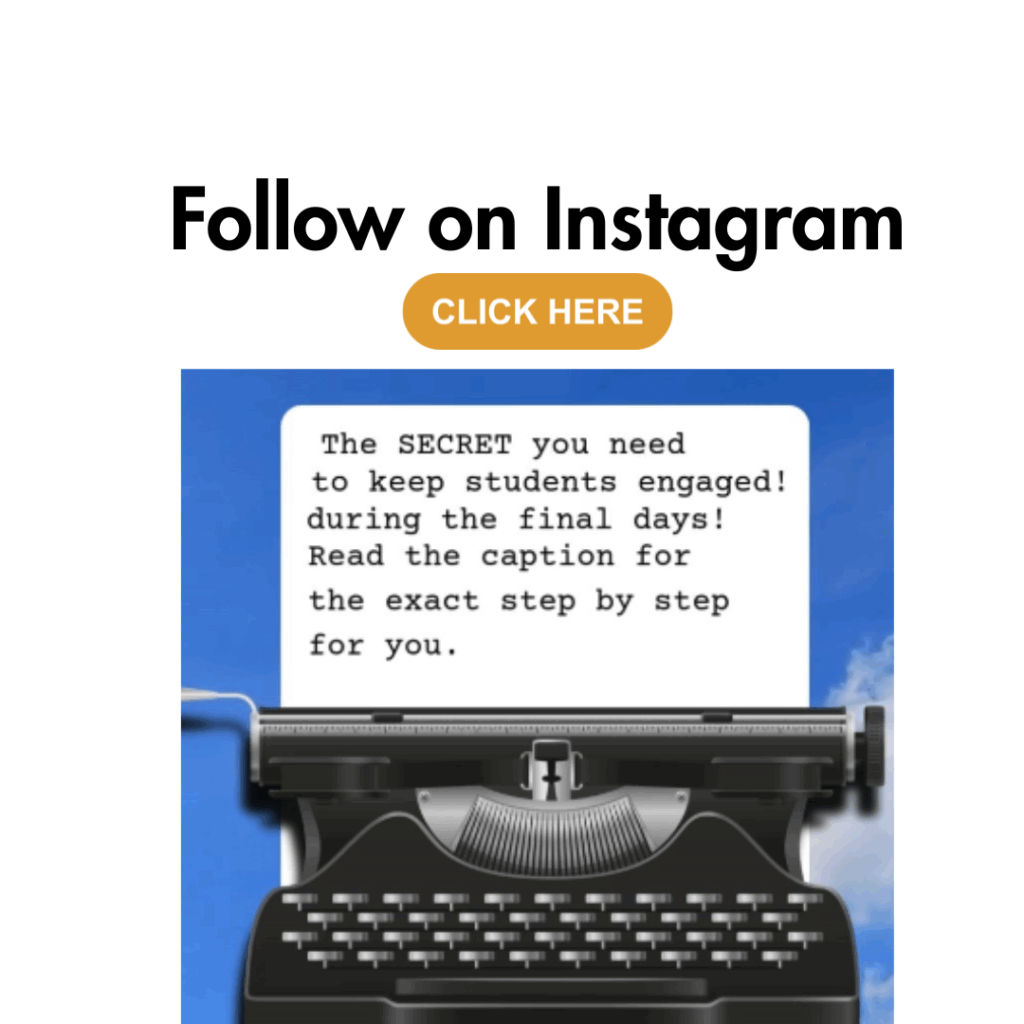The first day of school is an exciting time filled with first impressions, nervous energy, and fresh possibilities. Whether you’re a new teacher setting up your own classroom or a seasoned educator welcoming new students, it helps to have a plan that sets a positive tone for the entire year. In this post, I’ll break down what to do and what to avoid on the first day of the school year, how to introduce yourself, easy first-day-of-school activities, how to introduce class rules, and how to create a positive classroom community from the start. Let’s dive into these great ideas that help you kick off the new school year on the right foot.

What Should a Teacher Do on the First Day of School?
- Greet every student at the door with a smile and a fun fact or question. It’s a great way to start building relationships.
- Go over your classroom rules and expectations clearly, but keep the tone light. You’ll revisit these often during the first week of school.
- Give students time to explore the new classroom. Label different areas of the classroom so they can navigate on their own.
- Take time to learn students’ names. Use name tags, a name game, or have them decorate a piece of paper with their favorite color, favorite food, and favorite things.
- Use an easy way to start forming routines. Walk them through the day, transitions, and where to put school supplies.
- Share a bit about yourself using the 3-2-1 method (more on that below).
- Introduce one or two simple brain breaks. It helps calm first day jitters and gets students moving.
- Read aloud one of your favorite books that connects to kindness, friendship, or starting fresh.
- Give students a voice by asking what they need from you as their teacher. Record responses on a class chart and revisit it throughout the school year.
- Walk students through their daily schedule. For elementary students, visual aids are helpful. Knowing what comes next creates a sense of community and safety.
- Start a classroom tradition like morning meetings or good news share-outs. This builds trust and routine from day one.

What Not to Do on the First Day of School
- Don’t lecture all day. Students need time to talk, move, and connect.
- Don’t dive into heavy academics. Focus on relationships before rigor.
- Don’t skip procedures. You don’t have to teach them all at once, but be consistent.
- Don’t assume they know everything. Even older students need reminders.
- Don’t forget to take breaks. Sprinkle in short fun activities or brain breaks.
- Don’t miss the chance to observe. Watch for how students interact, their personalities, and group dynamics.
- Don’t stress about getting everything perfect. Focus on connection over perfection. Even if the tech fails or the plan changes, your students are watching how you respond. Make the first day about learning about each other.
Download this community building activity to start building relationships. ⬇️⬇️

How Do You Introduce Yourself as a Teacher on the First Day of School?
Students love to hear about their teacher’s life. Keep it friendly, brief, and honest. Your students want to know who you are and what to expect. Here’s a simple structure:
- Tell them your first name (or what you prefer they call you).
- Share a few interesting facts: maybe your favorite food, pets, or why you became a teacher.
- Show them a photo of your family, your favorite books, or something special in your classroom.
- End on a positive note: share what you’re excited about for the new school year.
What is the 3-2-1 Method for Teachers?
The 3-2-1 Method is a quick and interactive way to introduce yourself or reflect with your students. Use it like this:
- 3 things about you (e.g., I love steak, I have a twin sister, I can hold my breath for 30 seconds)
- 2 things you’re excited about this year (e.g., our classroom read-alouds and book project)
- 1 goal you have for the entire class (e.g., to grow as readers)
You can also flip this and have your students complete a 3-2-1 card on an index card or sticky notes as a get-to-know-you first day of school activity.
Later in the week, bring those cards back and build classroom graphs with the results. You’ll spark conversations and connect shared interests, whether it’s a love for pizza or a favorite color like purple.

How to Introduce Class Rules on Day One
Setting clear expectations early is one of the most important things you can do during the first day of school. But instead of simply listing classroom rules and asking students to memorize them, make it interactive and collaborative.
Here are a few simple ways to introduce class rules on Day One:
- Use a Picture Book to Spark Discussion: Start with a short read-aloud that centers on kindness, fairness, or teamwork. After the story, ask students: “What kind of classroom do we want to be in?”
- Create the Rules Together: Write the phrase “In this class, we will…” on the board or chart paper. Have students brainstorm behaviors they think are important for learning, safety, and kindness.
- Teach Rules with Movement: Introduce rules one at a time with quick role-play or charades. Let students act out a “right way” and “wrong way” to follow each rule.
- Post Rules Visually Around the Room: Use visuals to represent the rules.
- Keep It Simple and Consistent: What are the three rule buckets that students can learn and be successful.
By making your rules meaningful and interactive from the start, you are creating structure.
First Day of School Craft Ideas for Teachers
Crafts can be a fun activity and a great way to build classroom community. Here are a few:
- Puzzle Pieces: Each student decorates a puzzle piece with their name and favorite things. When connected, it shows how everyone fits together.
- Class Mission Statement Poster: Have students write one word that describes how they want the class to feel this year. Combine it into a visual display.
- My Backpack Craft: Students draw or write what they’re “bringing” to school this year such as hobbies, strengths, goals.
- All About Me Pennants: Let students design a flag with fun details: favorite color, favorite food, a fun memory from summer vacation.
- Welcome Bulletin Board: Use student-created crafts to build a bright, welcoming bulletin board that grows throughout the first week of school.
- Classroom Flags: Use fabric scraps or cardstock to have students create personal flags that reflect their identities. Hang them as bunting for a colorful classroom decoration.
- “What I Wish My Teacher Knew” Notes: Invite students to share something important about themselves. Keep it optional and discreet.
15 First Day of School Activities
These first-day-of-school activities work across grade levels, especially in elementary school. Pick a few based on your style and student needs.
- Outer Space Bingo: Great for movement and making new friends.
- Classroom Scavenger Hunt: Students explore different areas of the classroom using checklists.
- Would You Rather?: A fun way to break the ice in small groups.
- Name Snowball Fight: Write names on paper, toss, and share who you got.
- All About Me Bags: Students bring items that represent them.
- Emoji Feelings Chart: Use emojis to talk about first day jitters.
- Partner Interviews: Then share one fun fact about each other.
- Sticky Note Gallery Walk: Answer prompts like “What makes a good friend?”
- Four Corners Game: Label corners with things like favorite books or foods.
- Color by Code Rules Review: Teach rules in a fun activity.
- Classroom Expectations Skits: Have groups act out acceptable and unacceptable behaviors.
- High Interest Back-To-School Reading Passages: Students show what they know.
- First Day Journal Prompt: “This year, I hope to…”
- Word Cloud About Us: Students suggest words for the class identity.
- Create a Class Playlist: Have students recommend songs for work time or transitions.
You might also end the day with a classroom circle where everyone shares their favorite moment from the day or something they’re excited about. This reflection time builds connection and sets a calm tone to close out the first day of school.
Grab this high-interest reading passage pack for students to show what they know.

Conclusion: Wrapping up the first day
At the end of the school year, your students will probably forget what lesson you taught on Day One, but they’ll remember how they felt. Start strong. Start kind. Whether you’re working with younger students, older students, or somewhere in between, the beginning of the school year is a great opportunity to plant the seeds for a supportive, respectful, and fun classroom.
Keep things light, build connections, and take note of the moments that made students laugh or feel seen. Those are the building blocks of a positive classroom community that lasts from the first to the last day of school.
And remember: you don’t have to do it all at once. Building classroom culture takes time, consistency, and a little bit of flexibility. The best first day of school activities are the ones that help students feel welcome, safe, and curious about what’s to come during the rest of the year.
Additional Resources to Add to Your Toolbox
- How to Teach Reading Comprehension for Fiction
- How to Design a Cute Reading Corner
- Understanding Reading Levels
- Free Escape Room

Favorite Amazon Items to Support the First Day of School
This post contains affiliate links, which means I may earn a small commission at no extra cost to you. I only share resources I truly love and use myself. Thanks for supporting my corner of the teacher world!

